No, not the type of space travel allegedly enjoyed by the World Chess Federation president, Kirsan Ilumzinov, during his self-confessed encounters with aliens — rather, the control of space conferred by certain types of chess opening as explained in Opening Repertoire 1 e4 by Cyrus Lakdawala (Everyman Chess). The industrious and prolific Lakdawala presents a smorgasbord of possibilities in an easy-to-learn repertoire for White, predicated on the ambition to dominate greater terrain. Against the Caro-Kann Defence he advocates 3 e5, while in this week’s game (featuring the early frontrunner in the Candidates tournament for the World Championship) Lakdawala recommends the space-gaining 3 e5 against the French Defence, as favoured by the guru of chess strategy Aron Nimzowitsch.
Notes are based on those by Lakdawala from his book. This week’s puzzle in fact arose from the 3 e5 line against the Caro-Kann, also advocated by Nimzowitsch.
Caruana-Vallejo Pons: Sao Paulo/Bilbao 2012; French Defence
1 e4 e6 2 d4 d5 3 e5 c5 4 c3 Nc6 5 Nf3 Qb6 6 a3 Nh6 7 b4 cxd4 8 cxd4 Nf5 9 Be3 Bd7 Black wants to play … Rc8 as soon as possible. 9 … f6 is a key alternative, where Black immediately challenges White’s e5-grip. 10 Bd3 Nxe3 11 fxe3 g6 Black’s idea is twofold: to restrict the power of White’s light squared bishop and to prepare to develop his dark-squared bishop to h6, where its gaze fixes upon e3. 12 Nc3 At first sight this looks like a blunder but if Black takes the bait, White plans to build up a huge attack. 12 … Nxb4 Objectively, Black is still fine after this move, but it forces him to find all sorts of difficult defensive resources. 13 axb4 Bxb4 (see diagram 1) The pin will regain the piece and Black will be two pawns ahead. However, White gains a huge initiative on the kingside. 14 0-0 Bxc3 15 Rc1 Rc8 After this natural move White gets a winning attack. Black should bring his bishop into the defence as quickly as possible with 15 … Bb4 16 Ng5 0‑0 17 Qg4 Bb5 18 Bxb5 Qxb5 19 Rc7 Bd2! 20 Qh3 h5 21 Nxf7 Qe2 22 Nh6+ Kh8 and White has nothing better than perpetual check with 23 Nf7+ Kg8 24 Nh6+. 16 Ng5 0-0 17 Qg4 Badly timed. White is winning if he finds 17 Rb1 and if 17 … Qc7 18 Rf6! a5 19 Qf3 with an unstoppable attack. 17 … Bd2 18 Qh3 h5 19 Rxc8 Bxc8 20 Qf3 (see diagram 2) 20 … Qd8 A losing blunder. Black had to play 20 … Qc7 when after 21 Bxg6 he has 21 … Bxe3+! which is a miraculous deflection. After 22 Qxe3 fxg6 23 Rf6 the likely result is a draw. 21 Nxf7 Bxe3+ 22 Kh1 The difference here is that White can simply ignore the bishop. 22 … Qh4 23 Bxg6 Bg5 24 Bh7+ Black resigns A nice finish. If 24 … Kxh7 (24 … Kg7 is met with 25 Qd3 with infiltration to g6) 25 Nxg5+ Qxg5 26 Qxf8 and Black will soon be mated.
Got something to add? Join the discussion and comment below.
Get 10 issues for just $10
Subscribe to The Spectator Australia today for the next 10 magazine issues, plus full online access, for just $10.
You might disagree with half of it, but you’ll enjoy reading all of it. Try your first month for free, then just $2 a week for the remainder of your first year.

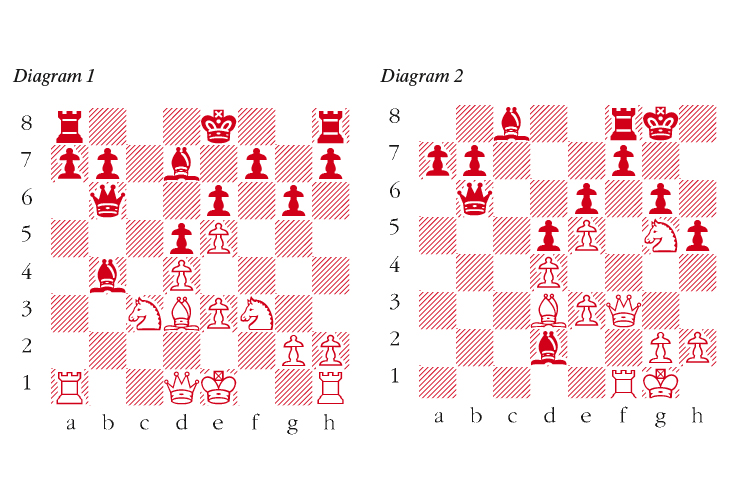

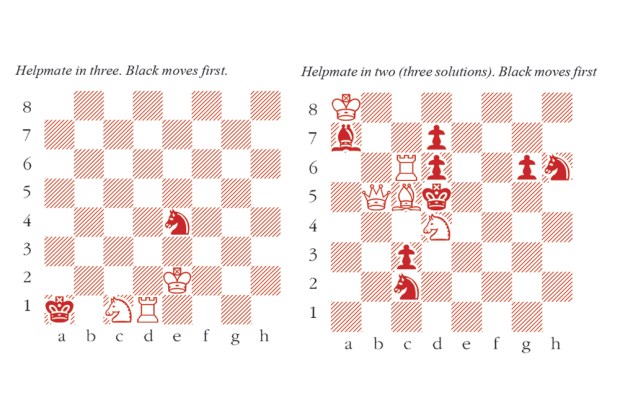
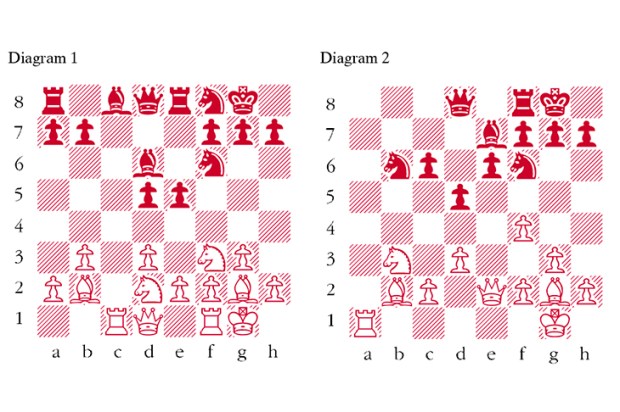
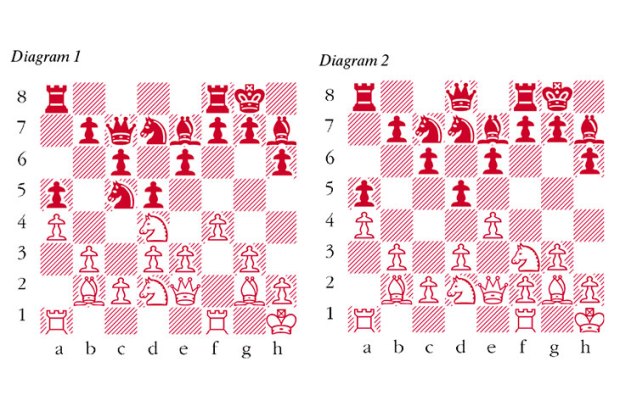
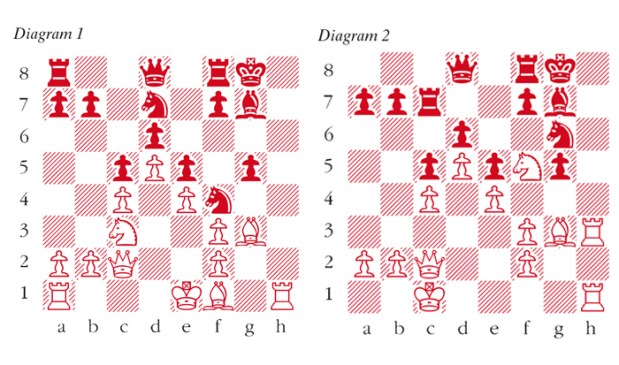
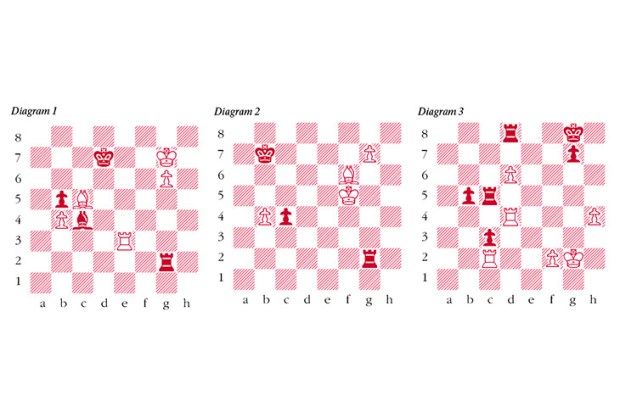






Comments
Don't miss out
Join the conversation with other Spectator Australia readers. Subscribe to leave a comment.
SUBSCRIBEAlready a subscriber? Log in